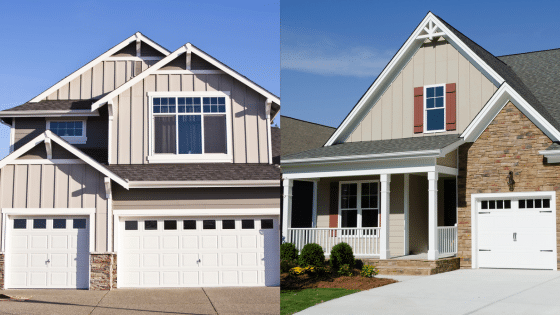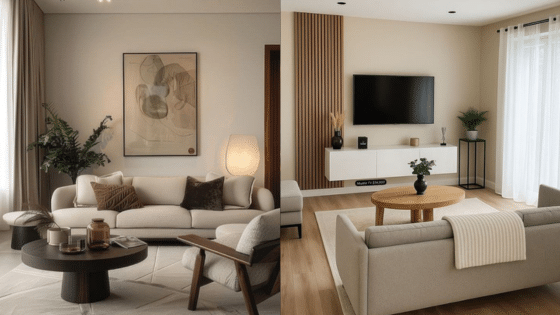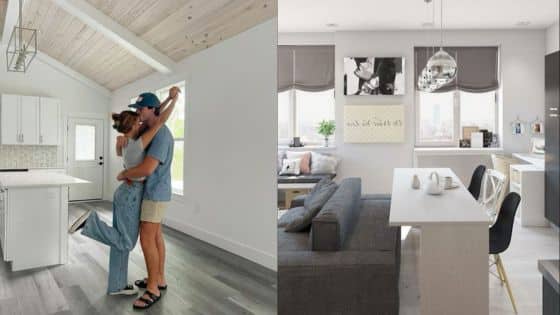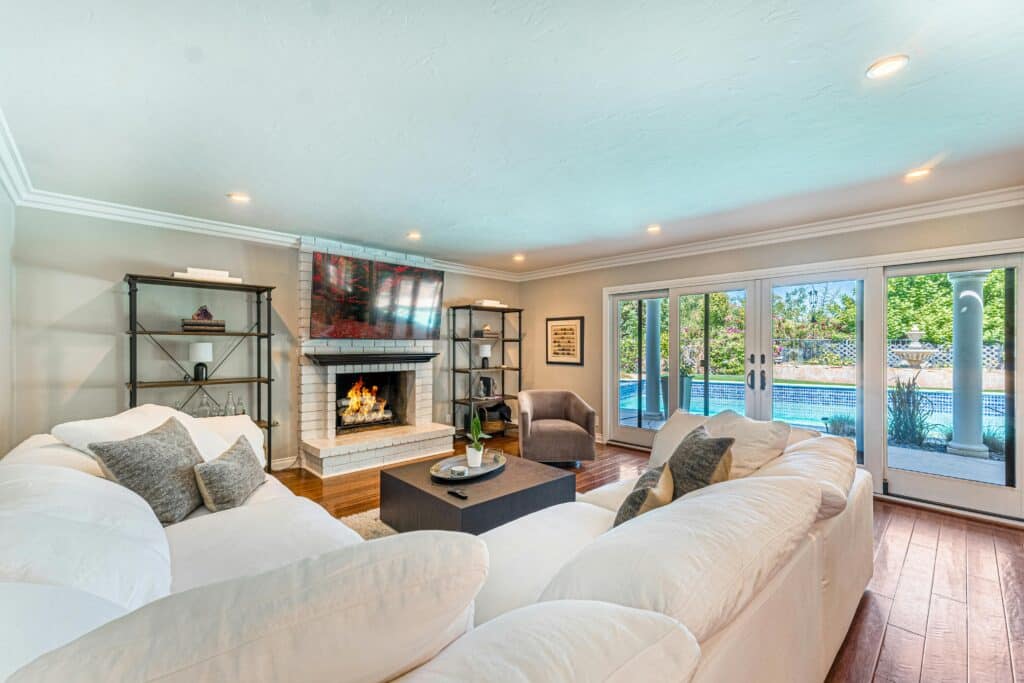
The answer for a home’s improved comfort, appearance, and energy efficiency is natural light. It not only illuminates interior rooms but also enhances general health, while increasing productivity and mood.
Using daylight to the greatest extent will help you break free of your reliance on electric lighting and reduce your costs. Most homeowners choose smart, trendy techniques to allow more natural light within without as much remodeling work. These five tips let you get more natural light inside your home.
1. Use Light-Reflecting Colors and Finishes
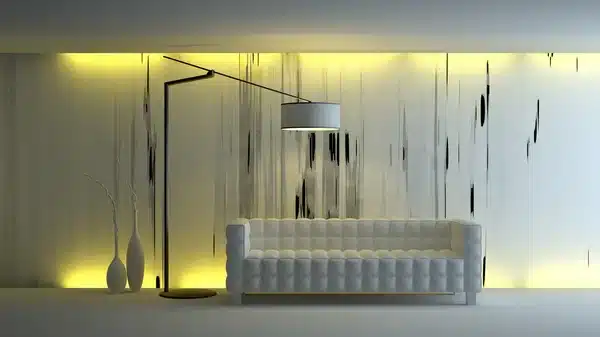
Managing the quality of light in a space depends mainly on colors. White, cream, light gray, or pastel-painted walls will reflect the natural light, not absorb it. Pale white painted ceiling walls will similarly create the illusion by reflecting light around the space.
Along with painting, add reflective aspects inside your house. The sun will reflect off glass tiles, highly reflective flooring, and metal or glass furnishings, all to give off a sense of lightness. Sometimes, all it takes is minor changes like opening curtains to brighter hues or using white furnishing rather than dark ones.
2. Set Skylights for Overhead Light
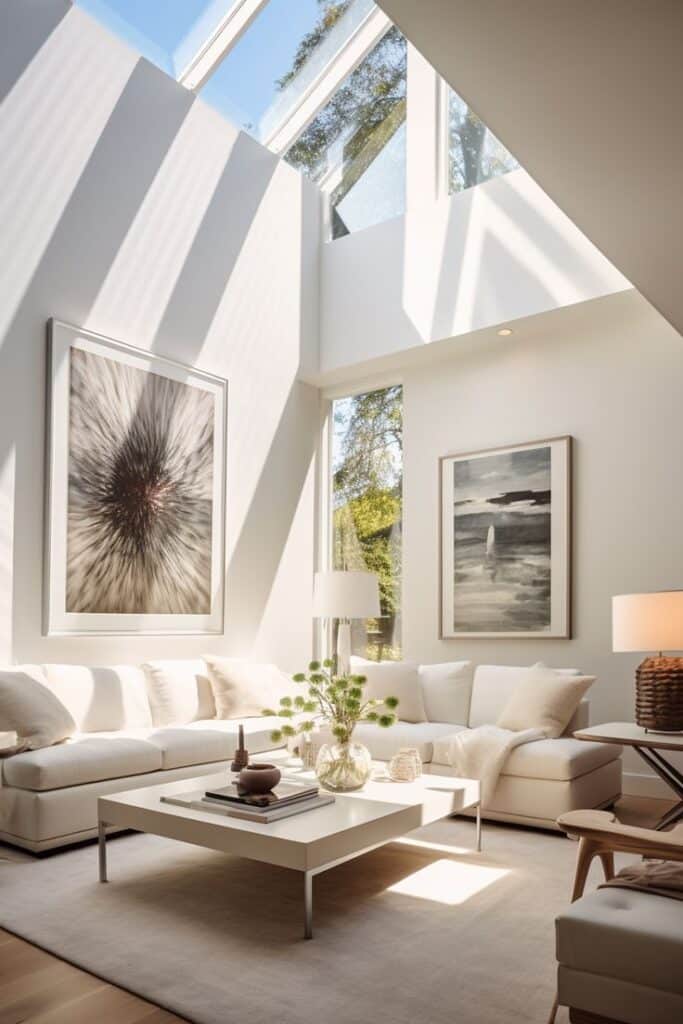
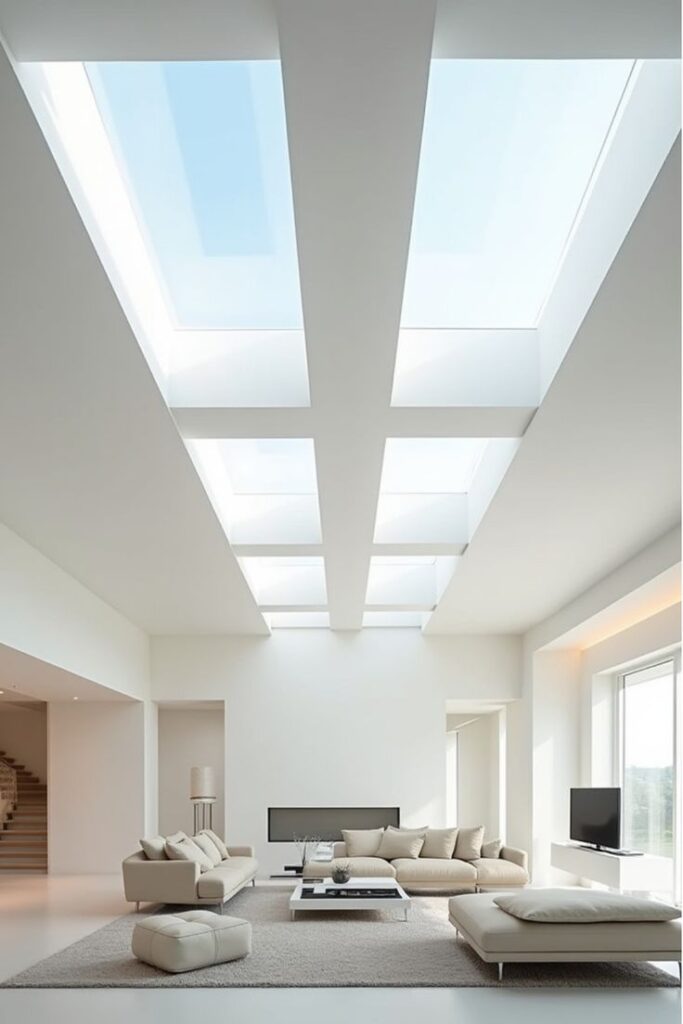
Dark rooms with too little natural light from conventional windows can be illuminated using skylights. These windows fixed to the ceiling allow sunlight from above, giving maximum light even when there is cloudiness. They also provide a sense of luxury to the bathroom, kitchen, and corridors.
Select premium products to fit your house and endure. When buying a Sunsquare skylight, compare models to find the ideal one for your location and needs. The quantity of light and heat you may obtain via the installation will depend on energy efficiency, glass color, ventilation choices, and size. Choosing the appropriate one, a skylight would completely revitalize a drab area.
3. Maximize Window Space and Keep It Clear
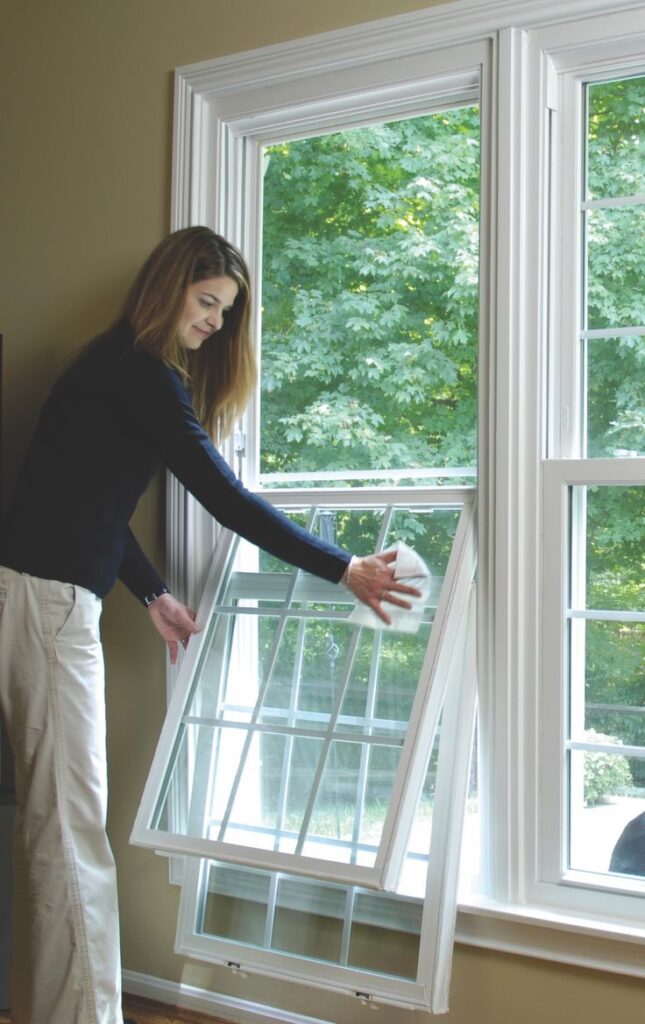
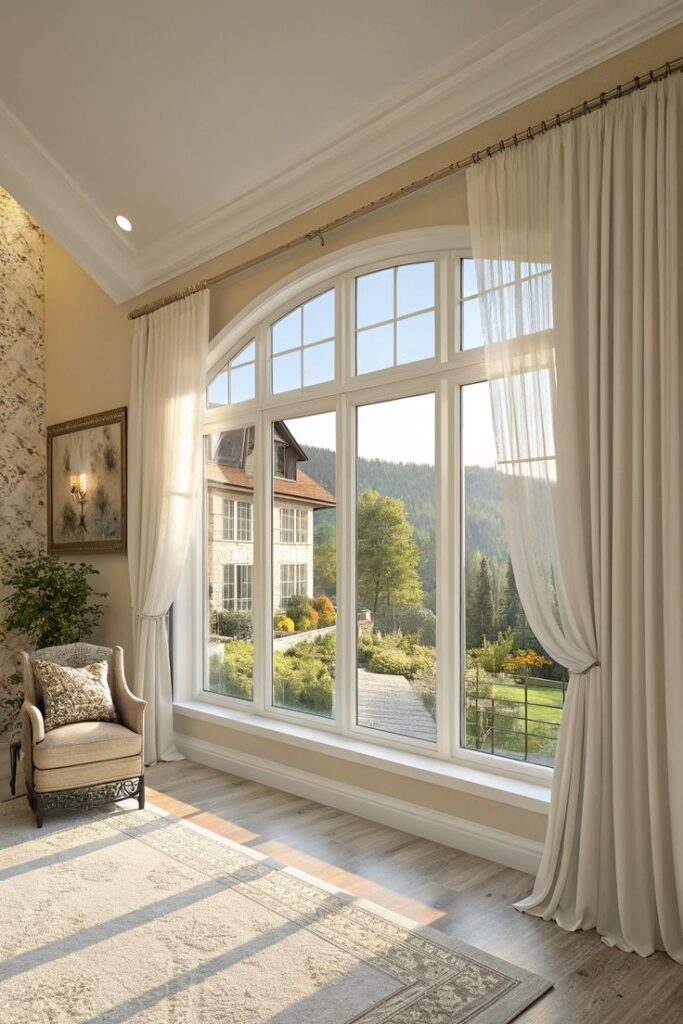
Windows are every home’s primary entry points for natural light. By swapping sheer curtains or adjustable shades for heavy drapes or blackout blinds, you maximize their value. This not only opens more light but also gives better privacy control.
Clean your windows often. Fingerprints, dust, and dirt can restrict how much light enters. You should also reduce vegetation outside that prevents natural light from entering your home.
4. Use Mirrors to Refract Light All Around
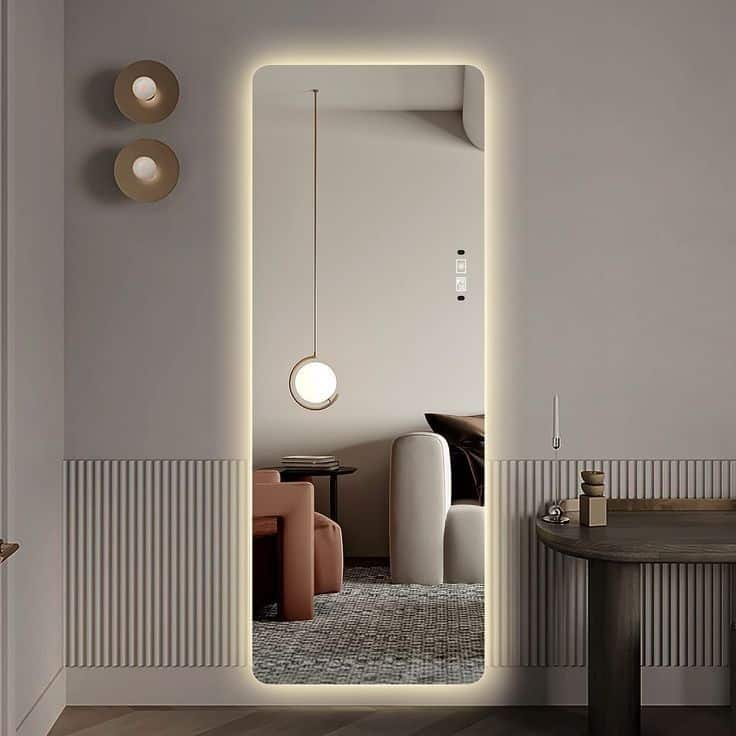
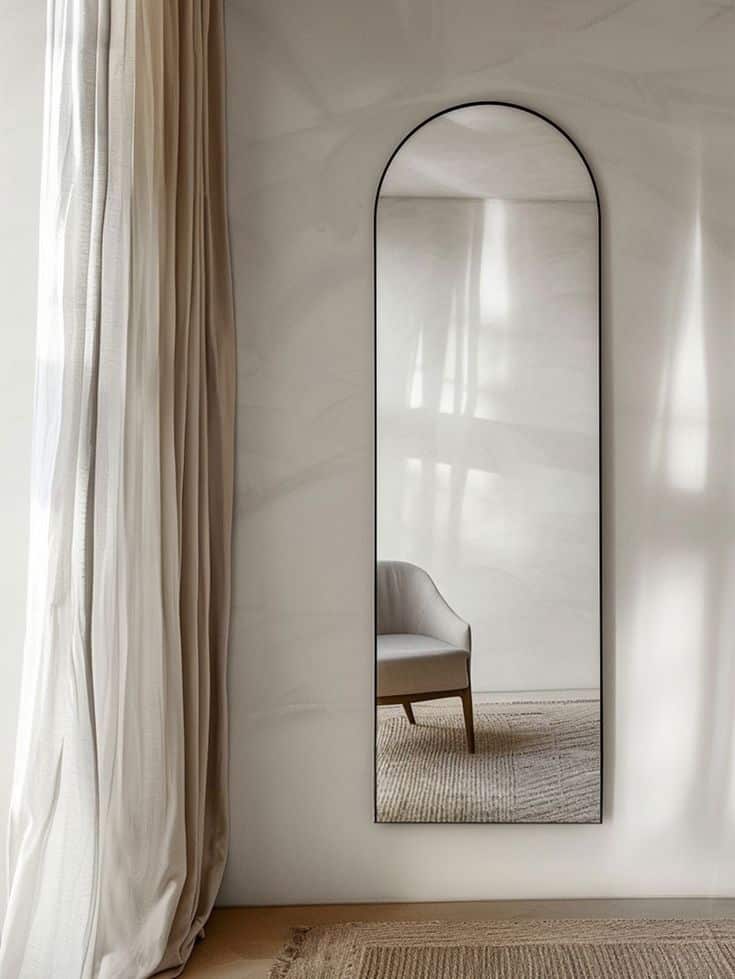
By placing mirrors in strategic points all around your home, you reflect more light. Mirrors will also reflect visual space and more light; therefore, a space will feel larger and brighter. A huge mirror placed over the window would, for example, effectively triple the level of light coming into a room.
To lightly increase light levels, use mirror furniture or decorations. Glass-topped tables, metal picture frames, and mirror wall accents add style and purpose. For best reluctance, focus on positioning the mirrors next to or facing windows.
5. Add Glass Door or Interior Windows
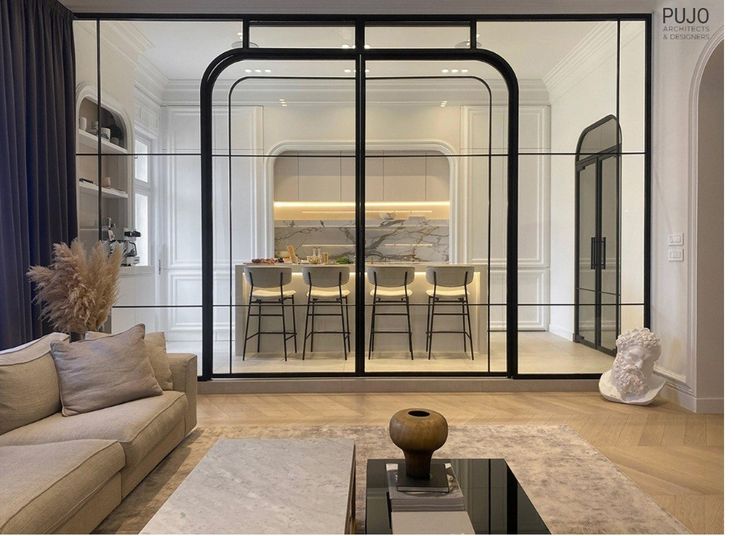
Substitution with a glass-panel door for a solid door will provide natural light in secluded areas of the house. Frosted or clear glass allows light to filter through rooms without the loss of privacy to a large extent.
Another subtle manner of transmitting light in your environment is through the use of transom windows or overdoor horizontal openings. They divide rooms from each other but enable sunlight to travel more freely, therefore lowering daytime use of your electricity.
Endnote
To light your house with natural light does not automatically require extreme architectural changes. Utilizing proper sound design techniques like skylights, colors, and reflective surfaces can light up your room, reduce energy costs, and make it more welcoming. Minor fixers, in their proper place, can be beneficial to your home in the long term.
- 3shares
- Facebook0
- Pinterest0
- Twitter3
- Reddit0








